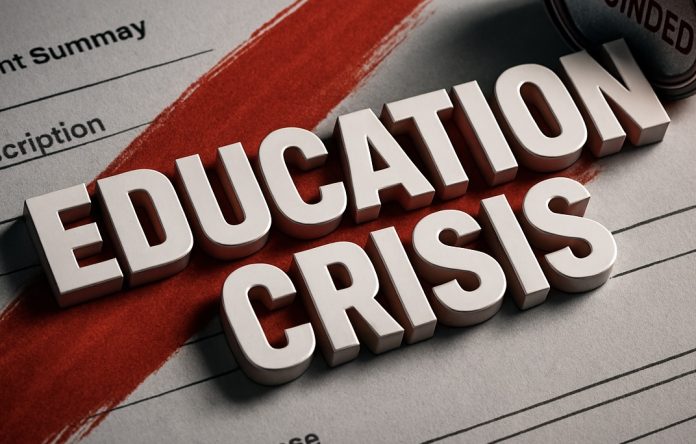Columbus, OH – Medical billing and coding programs, a major entry point into the healthcare administrative field, may face significant challenges accessing federal aid under new student loan and grant regulations taking effect in 2026. These programs are frequently offered as short-term certificates through career colleges and fall directly under the U.S. Department of Education’s strengthened oversight standards.
According to federal guidance, billing and coding programs that are unaccredited, non-credit, or under 150 instructional hours cannot receive Title IV student aid. Programs between 150 and 600 hours must now meet Workforce Pell requirements, including a 70% completion rate, 70% job placement rate, and tuition that does not exceed graduates’ verified value-added earnings three years after completion.
Beginning July 1, 2026, medical billing and coding programs will also face the federal “low earnings outcomes” test. Under this rule, a program loses Direct Loan eligibility if its graduates earn the same or less than adults with only a high school diploma for two of three measured years. Because entry-level medical coding jobs often start with modest wages—especially before certification—many programs could struggle to meet the threshold.
Schools warn that reduced federal aid could restrict access to one of the nation’s most in-demand administrative healthcare careers.





